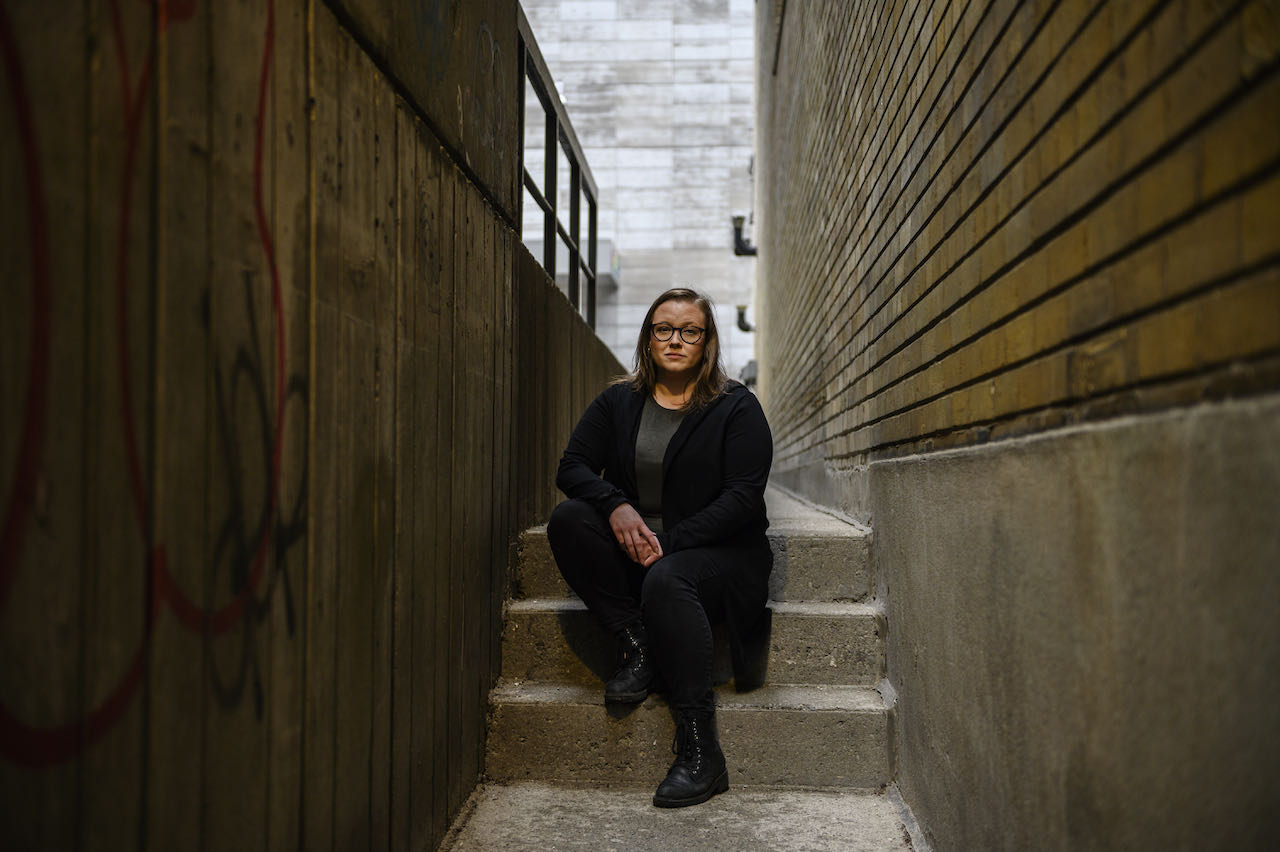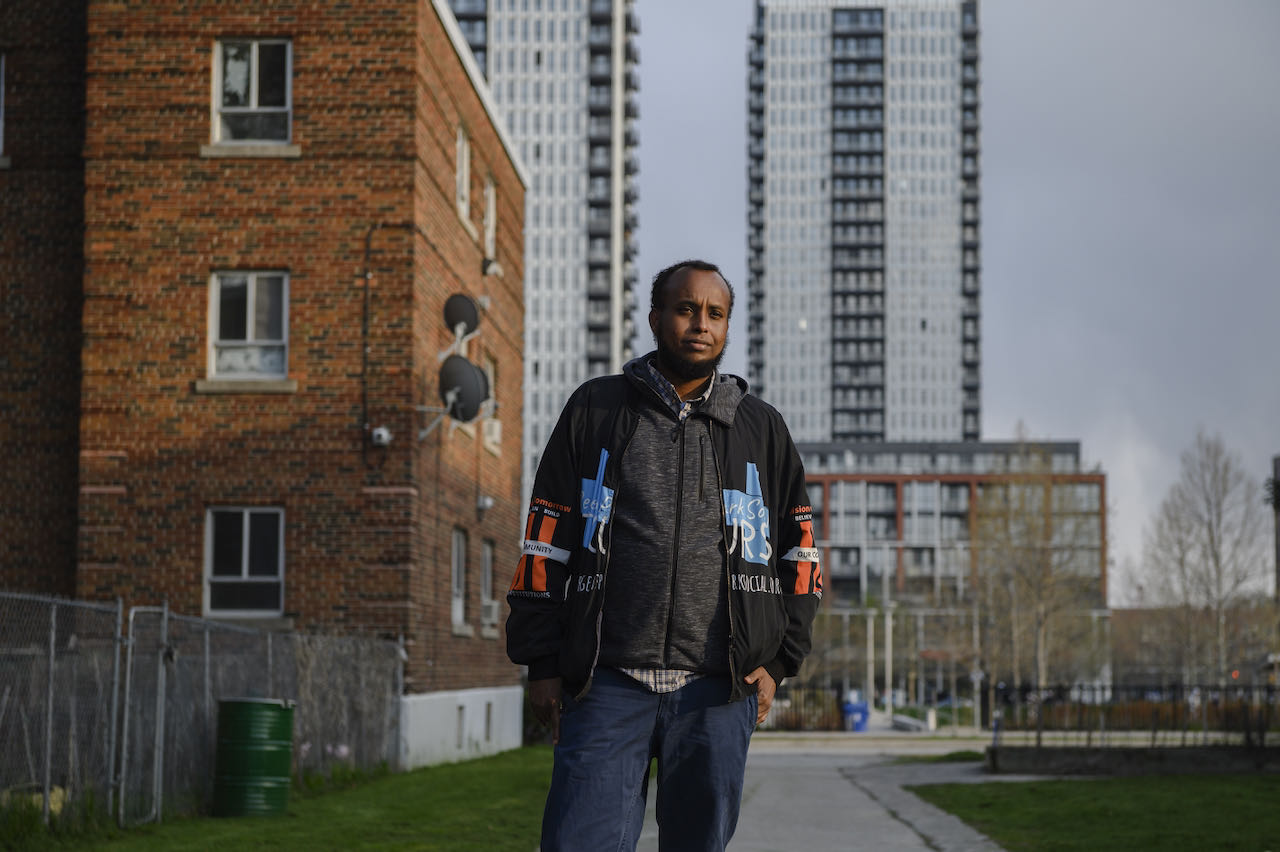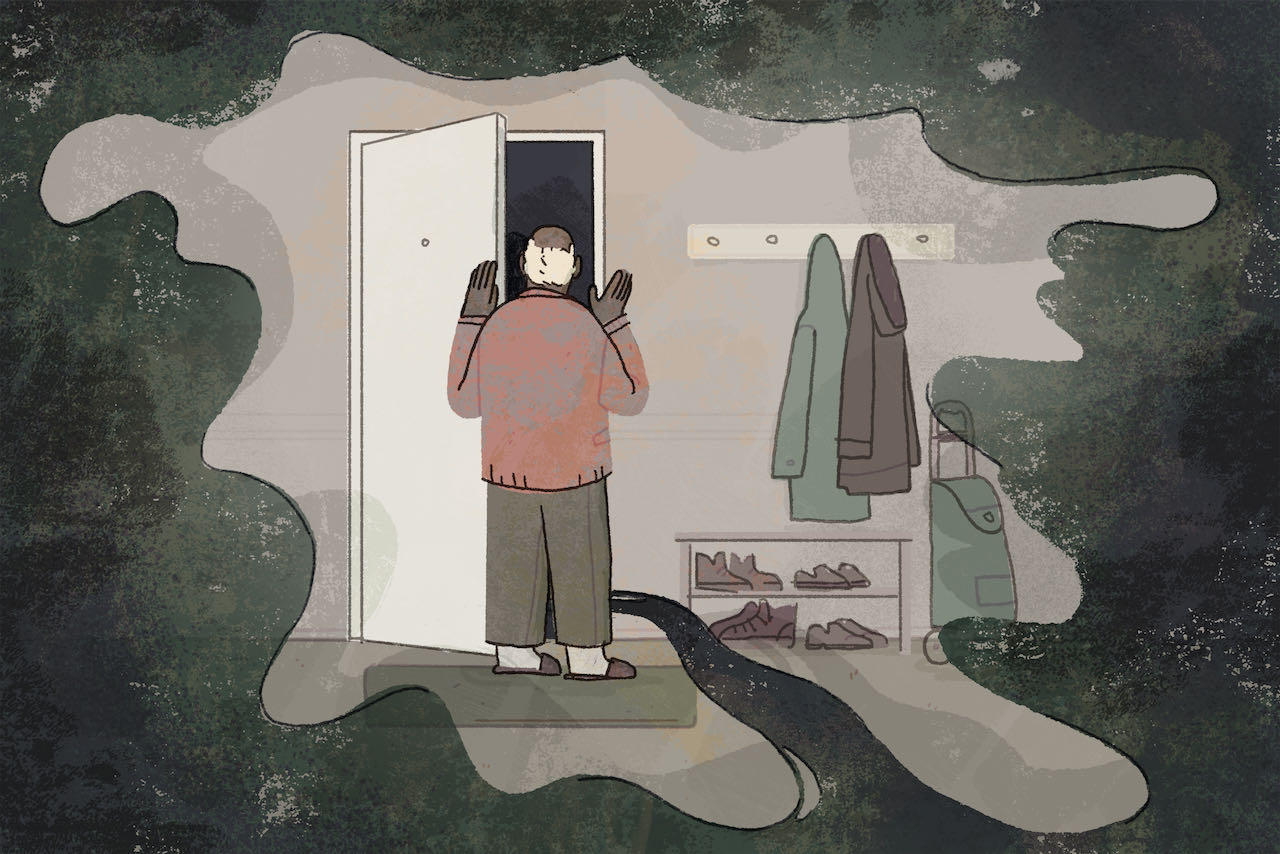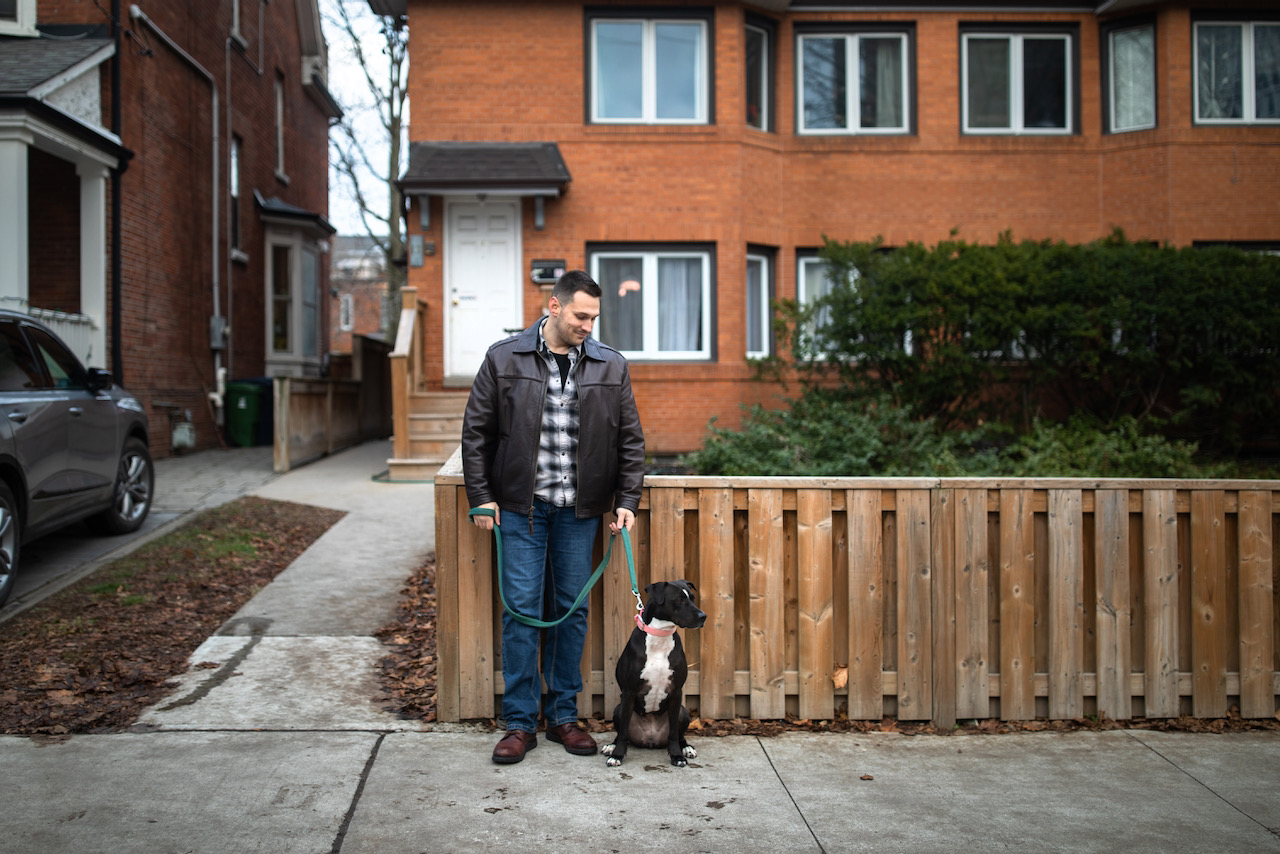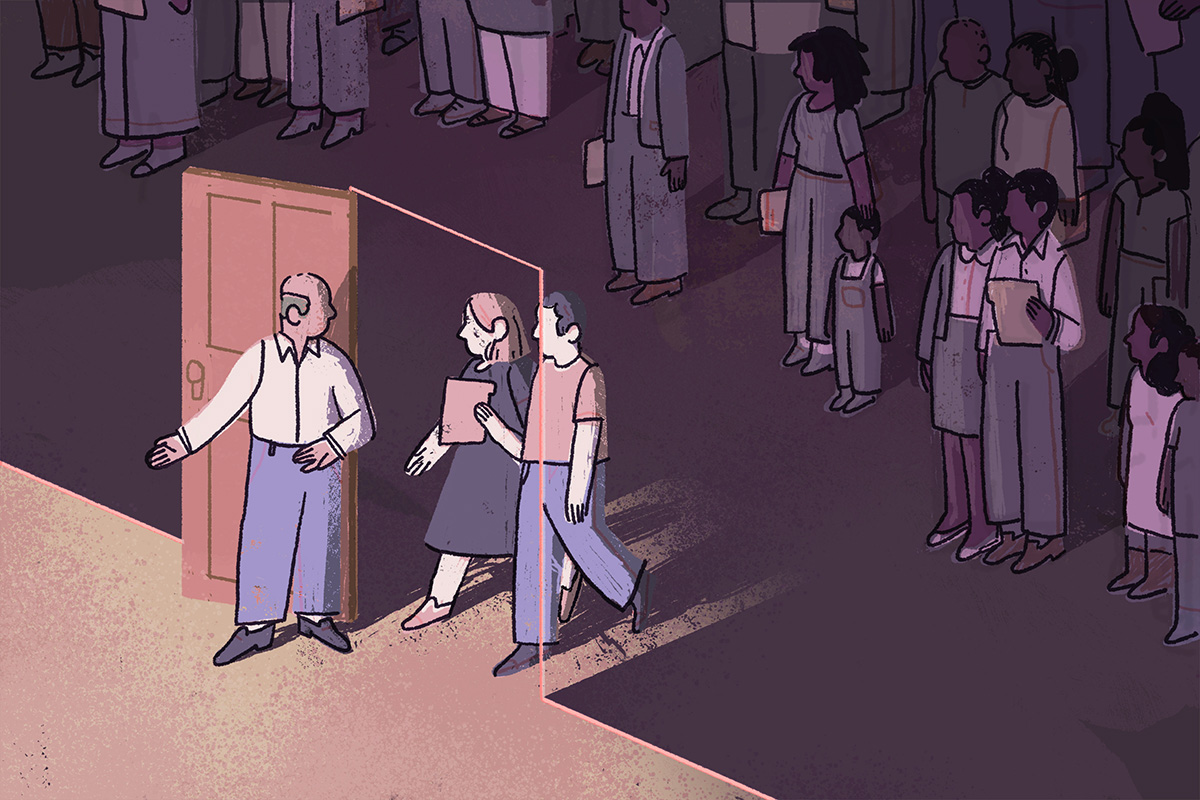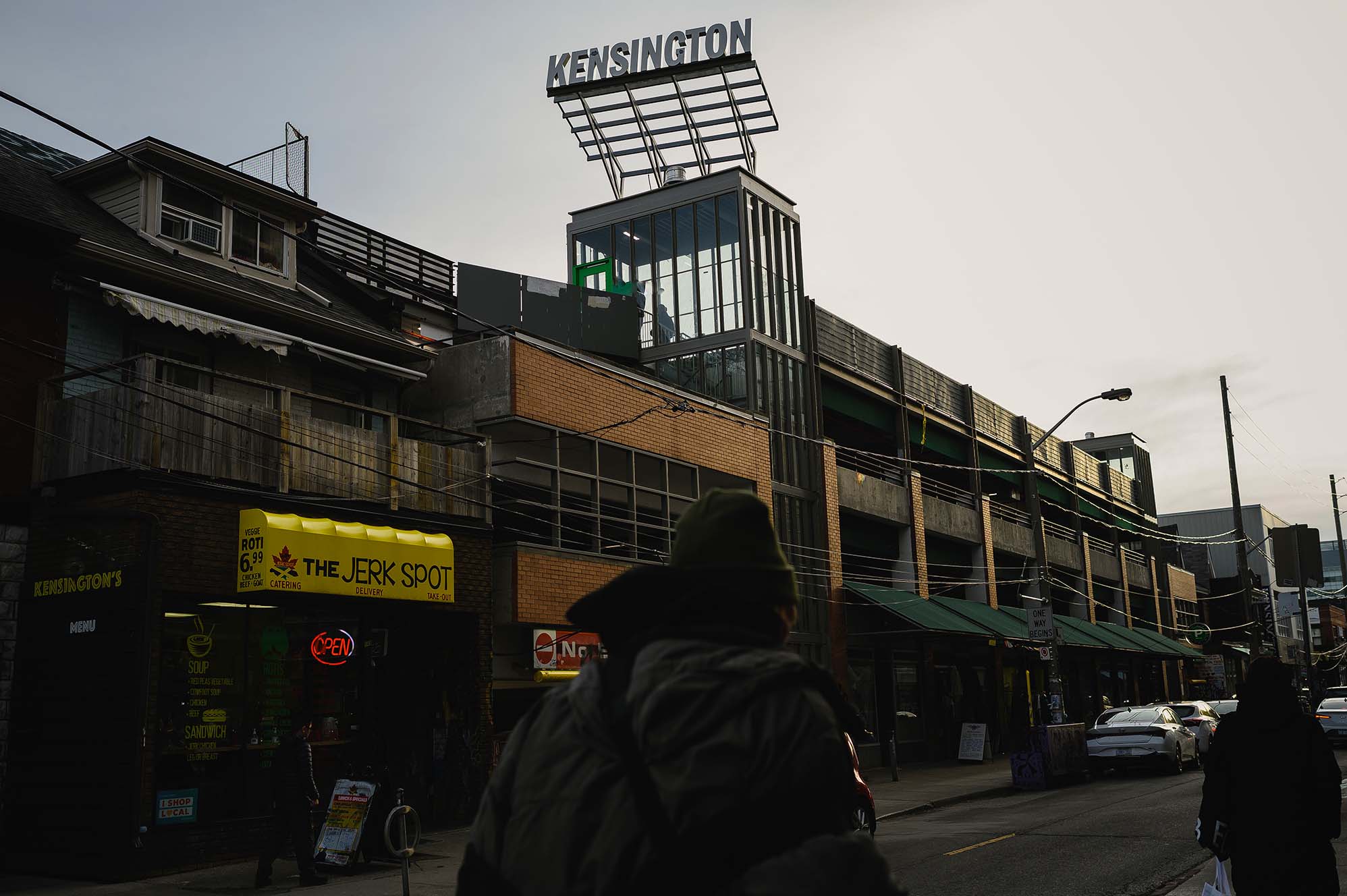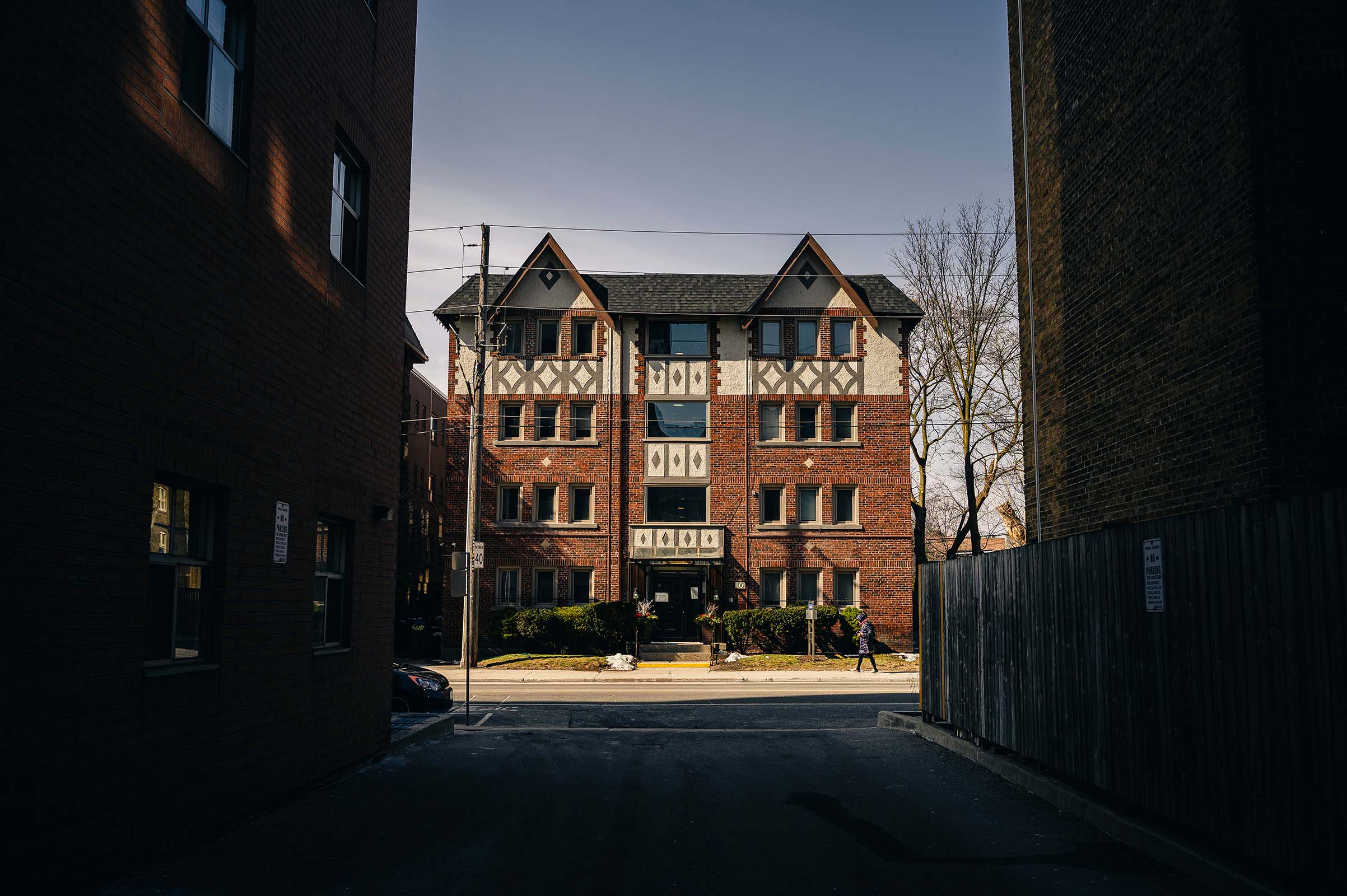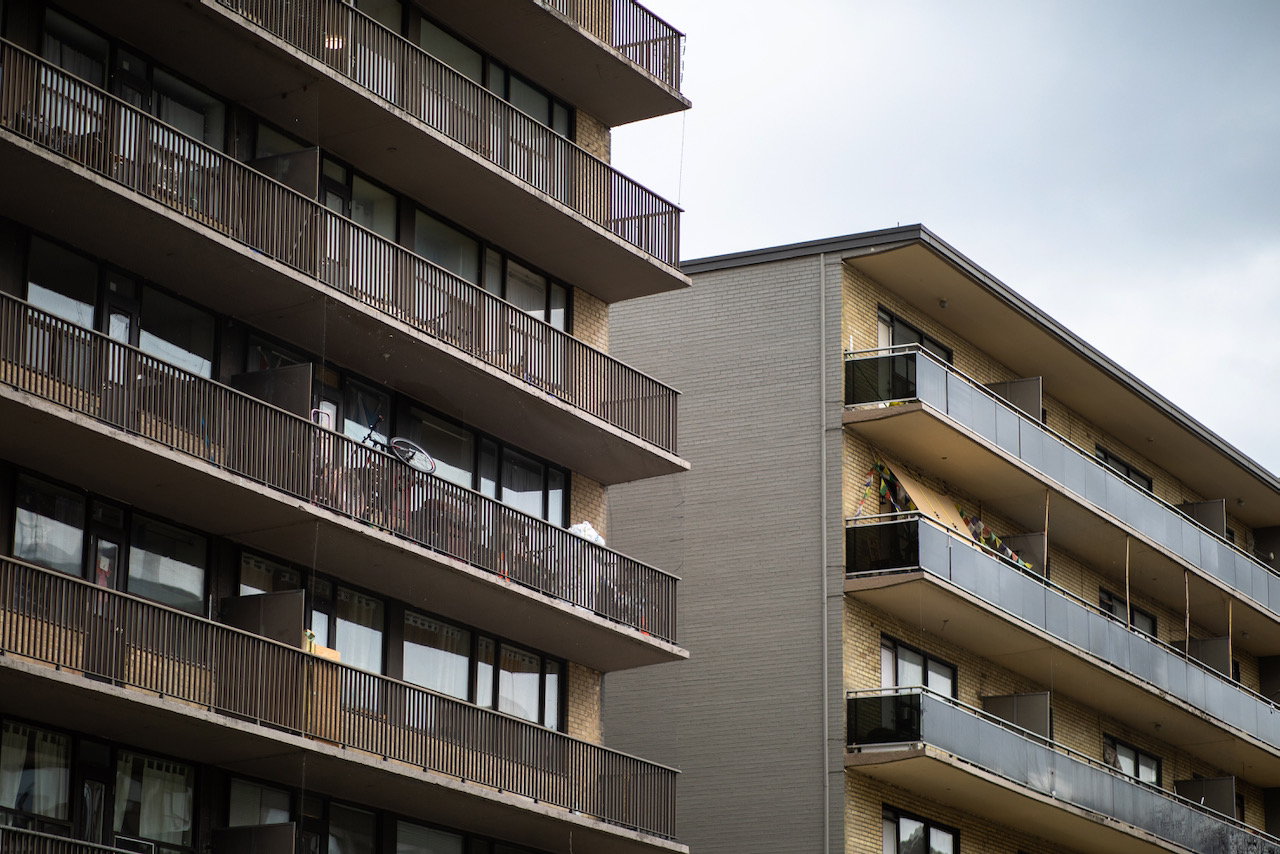
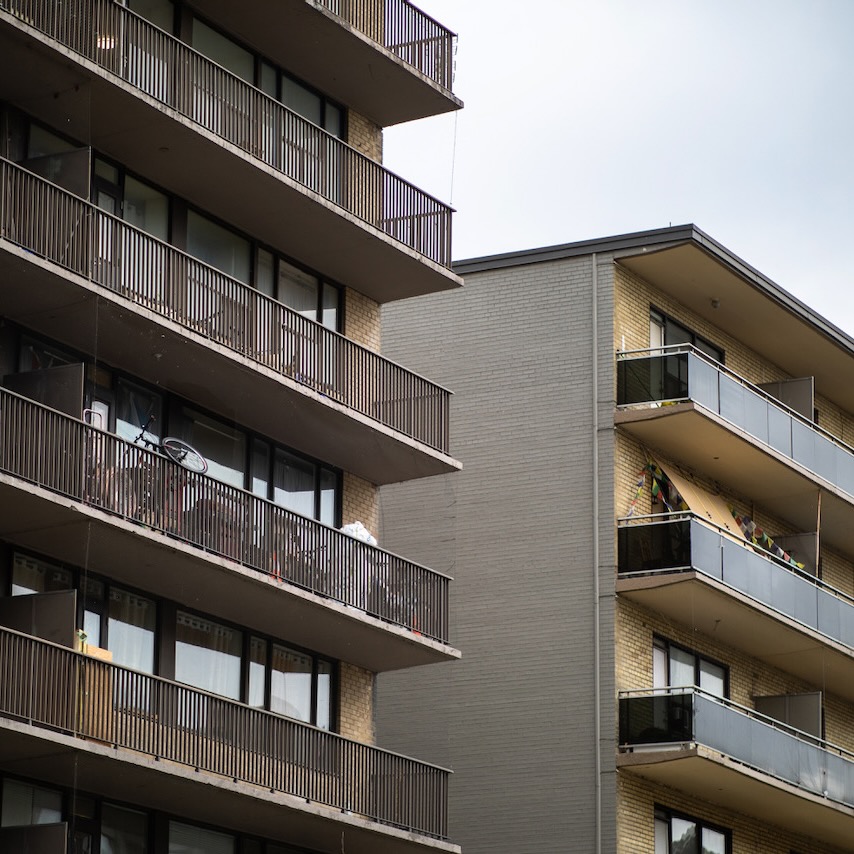
Wait times for tenants at Ontario’s Landlord and Tenant Board have continued to grow, with the latest open data showing that cases are taking more than a year on average to be resolved. These figures have come to light at the same time as a new report from the Ontario Ombudsman criticizing the tribunal for “fundamentally failing in its role of providing swift justice.”
The latest cache of open data from the Landlord and Tenant Board (LTB) shows average wait times for tenant cases have ballooned to fifteen months, up from eleven months when The Local last tallied the figures in March. Additionally, the disparity between tenant and landlord wait times has narrowed, largely because landlords have begun experiencing longer wait times as well: tenant cases took up to 144 days longer than landlord cases, down from 231 days at last count.
Advocates have long alleged the LTB is biased in favour of landlords and prioritizes their cases because they are faster to resolve. While closing this discrepancy in wait times might seem like an improvement, it offers little solace to tenants in an urgent crisis.
“It’s still an unacceptable length of time for people to wait for justice,” said Douglas Kwan, director of advocacy and legal services at the Advocacy Centre for Tenants Ontario (ACTO).
“The longer it takes to have a hearing, [the more likely it is] that people’s memories of those events become blurry, and [there’s] less of a chance you’re going to get the remedy you’re seeking.”
ACTO previously told The Local that although landlords submit the vast majority of LTB applications, tenants who do apply are often living in dangerous, abusive or illegal housing. Delays of even a few months force some to tough it out with their current landlords, and others to cut their losses and move.
In early May, Ontario Ombudsman Paul Dubé released a three-year report into the LTB. After tallying evidence from 4,800 complaints, he called for procedural changes to reduce backlogs and wait times, including scheduling tenant hearings more frequently and triaging outstanding cases. His recommendations were accepted by the LTB and its parent bodies, Tribunals Ontario and the Ministry of the Attorney General. All three have agreed to provide progress updates every six months.
But the report doesn’t go far enough, Kwan says. The Ombudsman recommended reducing technical difficulties during online hearings, but didn’t call for a return to the pre-pandemic in-person hearing system which worked far better for tenants.
Before the pandemic, tenants and landlords could settle matters face-to-face while waiting for their case to be called. Many self-represented tenants sought advice from publicly funded legal clinic workers there for other cases, which isn’t possible in a large Zoom call without the song and dance of a breakout room. Now, older and low-income tenants frequently struggle with the online system; those who dial in by phone (out of preference or necessity) are pitted against landlords who can communicate with gestures and facial expressions by video. This digital divide also means the Ombudsman’s recommendations for “dedicated real-time technical assistance” leave out tenants without a computer or smartphone.
The LTB said in a statement that they were “currently reviewing the [Ombudsman’s] recommendations carefully,” and pointed to a recent $6.5 million funding package from the provincial government to hire new adjudicators as proof that changes were underway.
“We are confident that significant inroads into the backlog will be made this fiscal year,” the statement added.
The Ombudsman’s report also emphasized a lack of training for new adjudicators. For example, it revealed that in August 2021, only 32 of the 72 adjudicators were equipped to hear all types of cases, and 20 weren’t trained enough to hear any cases.
While adequate training could bring inexperienced adjudicators up to speed, Kwan says, he believes that a deeper lack of legal education among new adjudicators “likely has played a part” in these delays. The watchdog group Tribunal Watch alleges that new hires by the Ford government with professional backgrounds in real estate or public service, instead of law, indicate a politicized appointment process.
The lack of more critical recommendations from the Ombudsman’s report could be attributed to the split between landlord and tenant complaints: 84 percent of complaints in the report were from landlords, and 12 percent from tenants. Though this breakdown is proportional to the applications made to the LTB, the overwhelming presence of landlord complaints means the report is guided largely by people who don’t need the systemic, equity-based changes required by tenants. The disparity also may have watered down critiques from lawyers and advocates who are “there every day, and see the gaps more clearly,” Kwan says.
The LTB should look to the prior success of in-person hearings, adequate training and other ancillary processes to reduce the backlog, Kwan says. “There’s no excuse for not looking in the past to find solutions for the present.”
Our Rent Series is made possible through the generous support of Maytree. All stories were produced independently by The Local.


